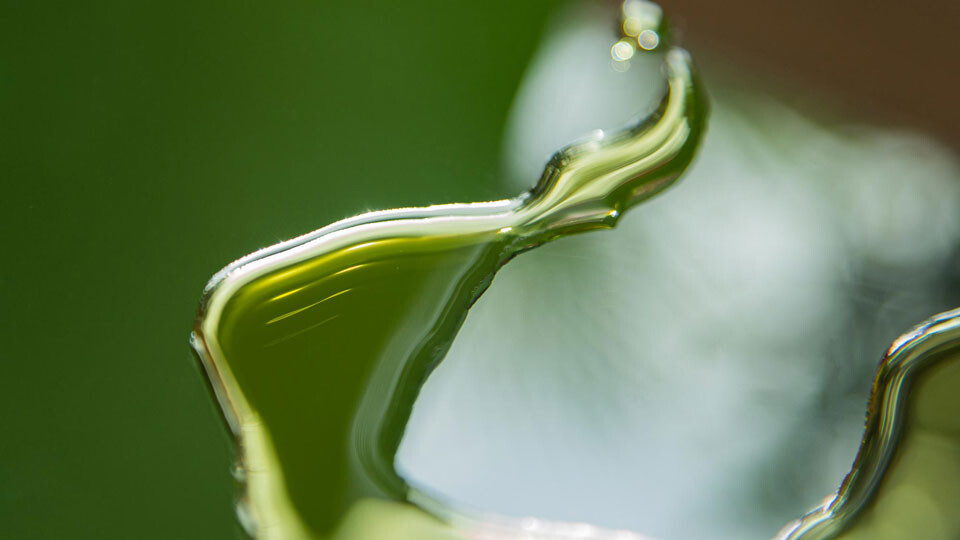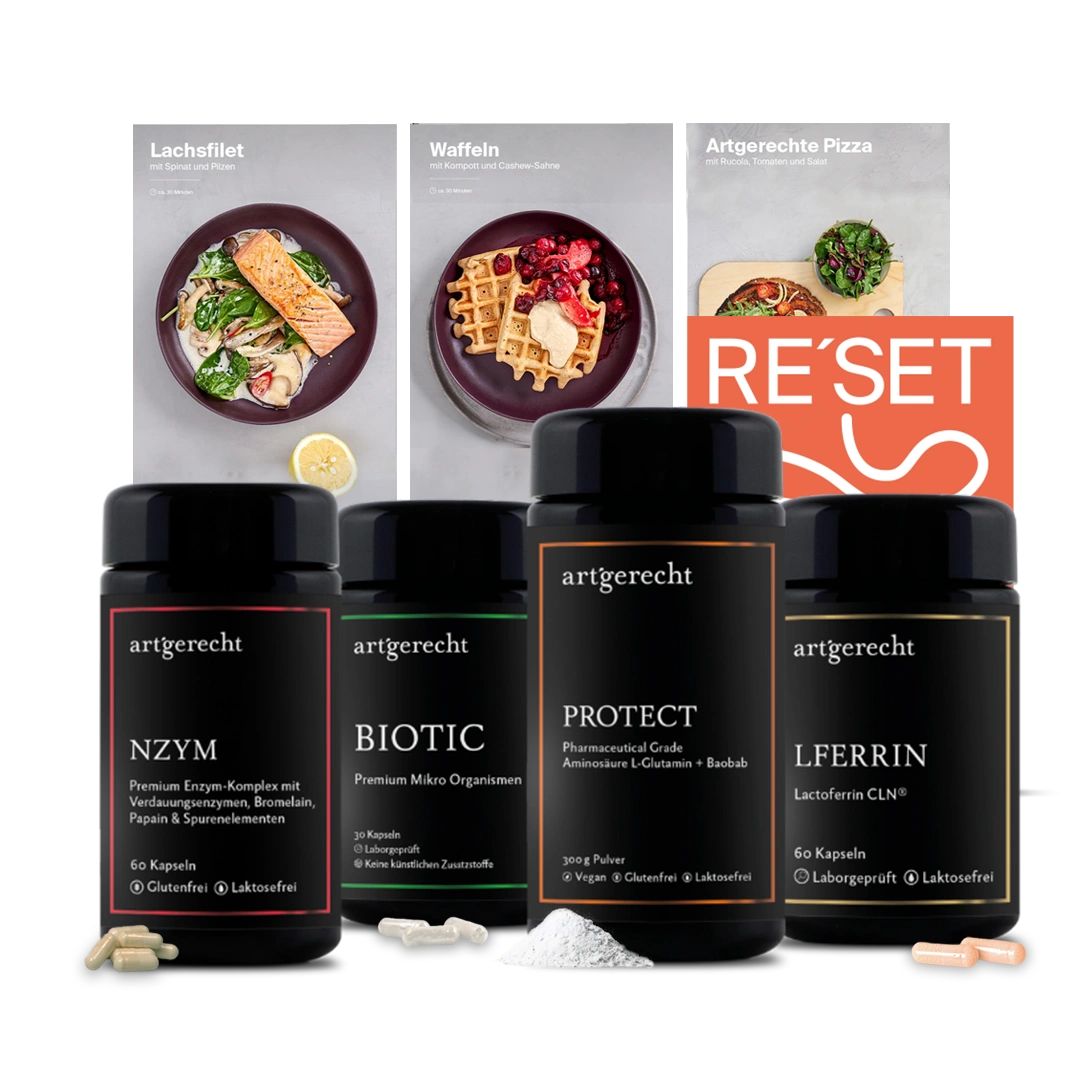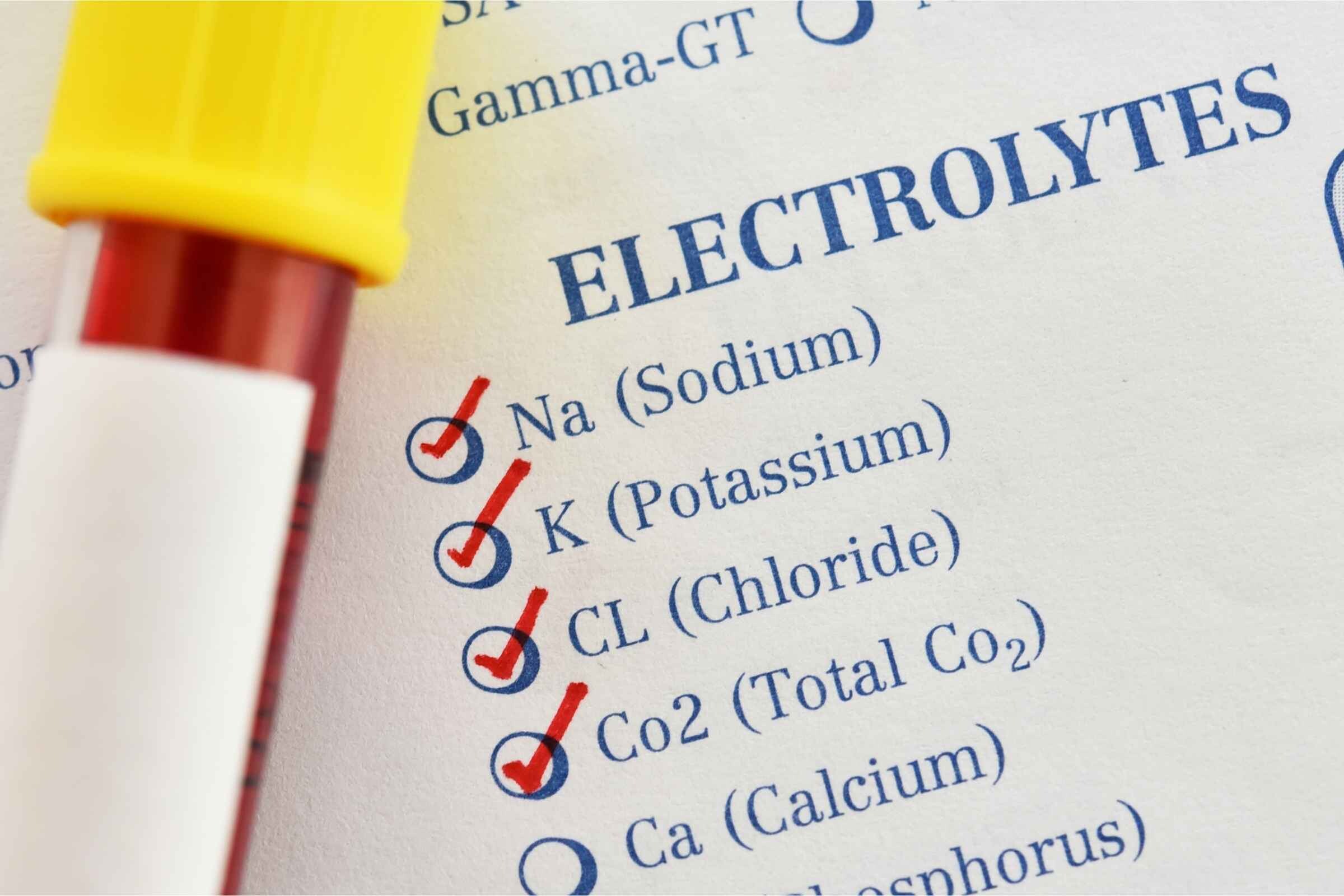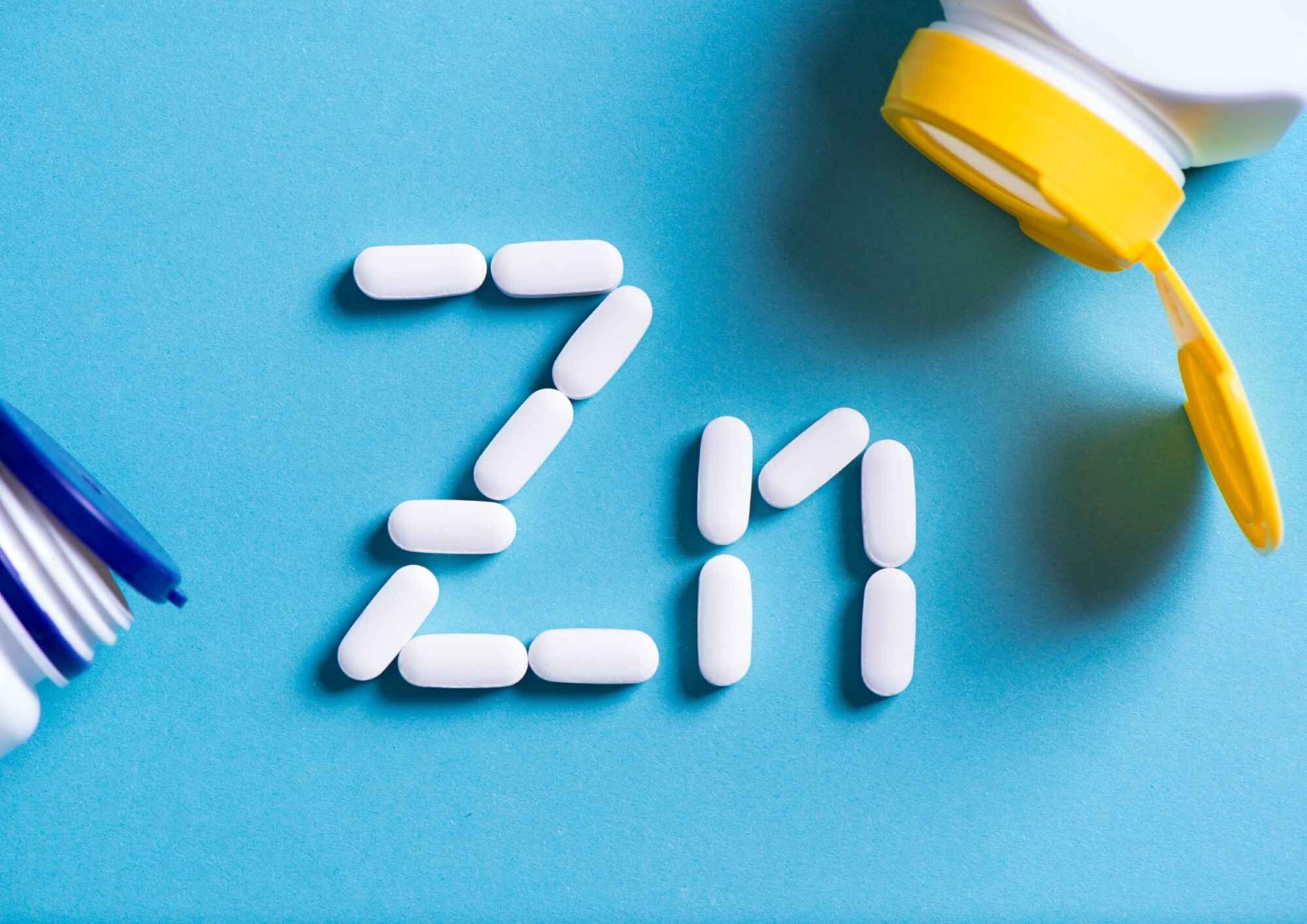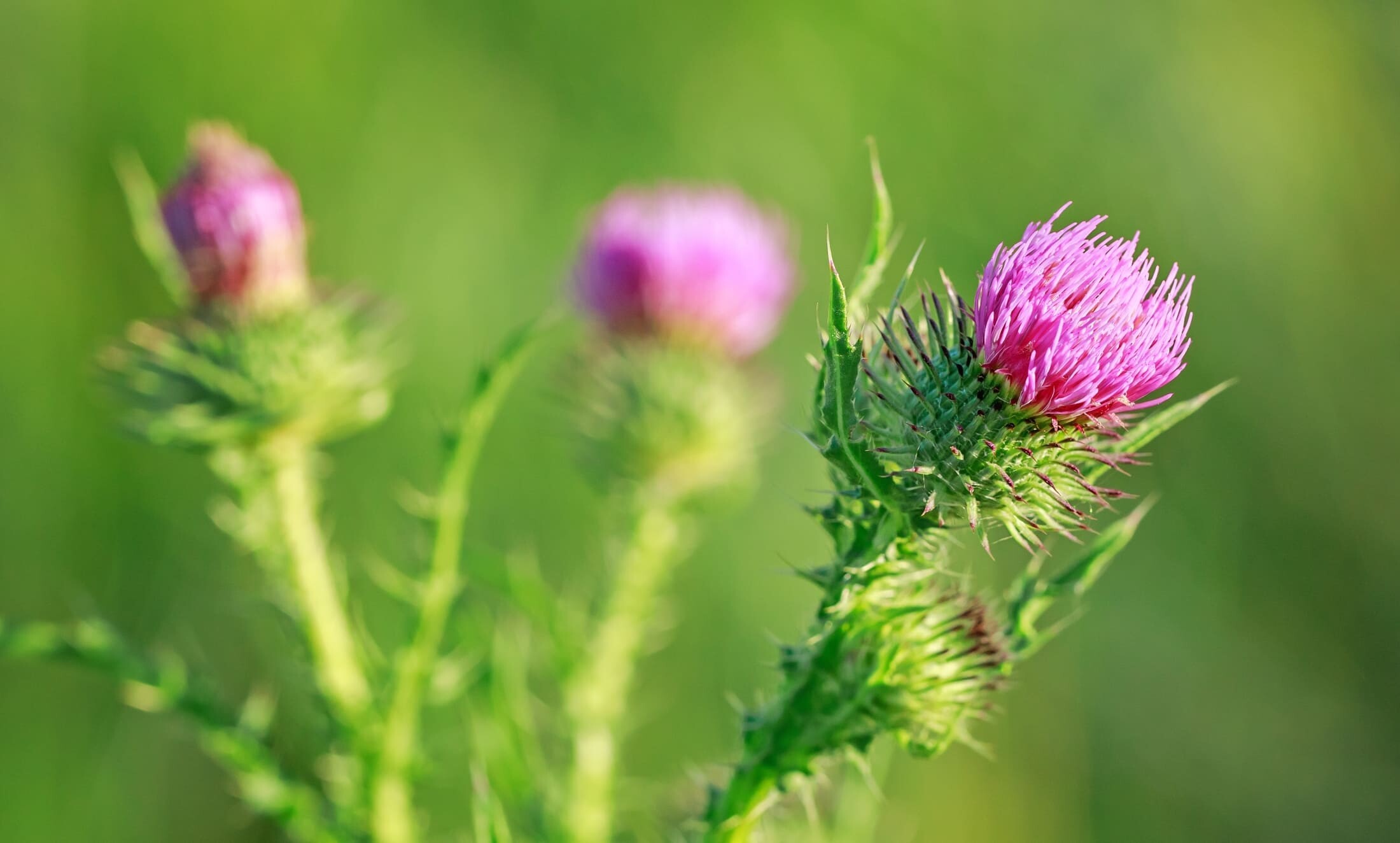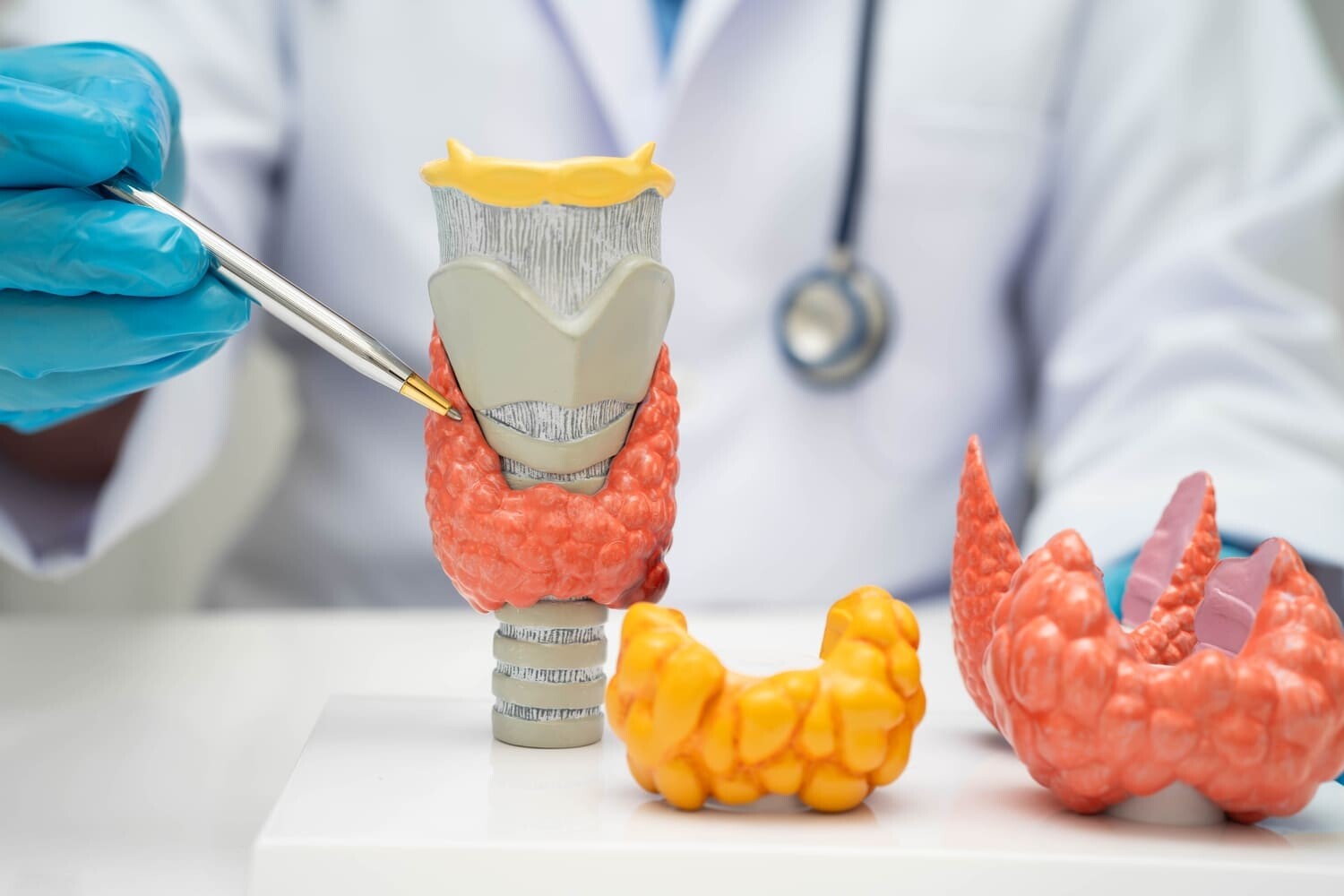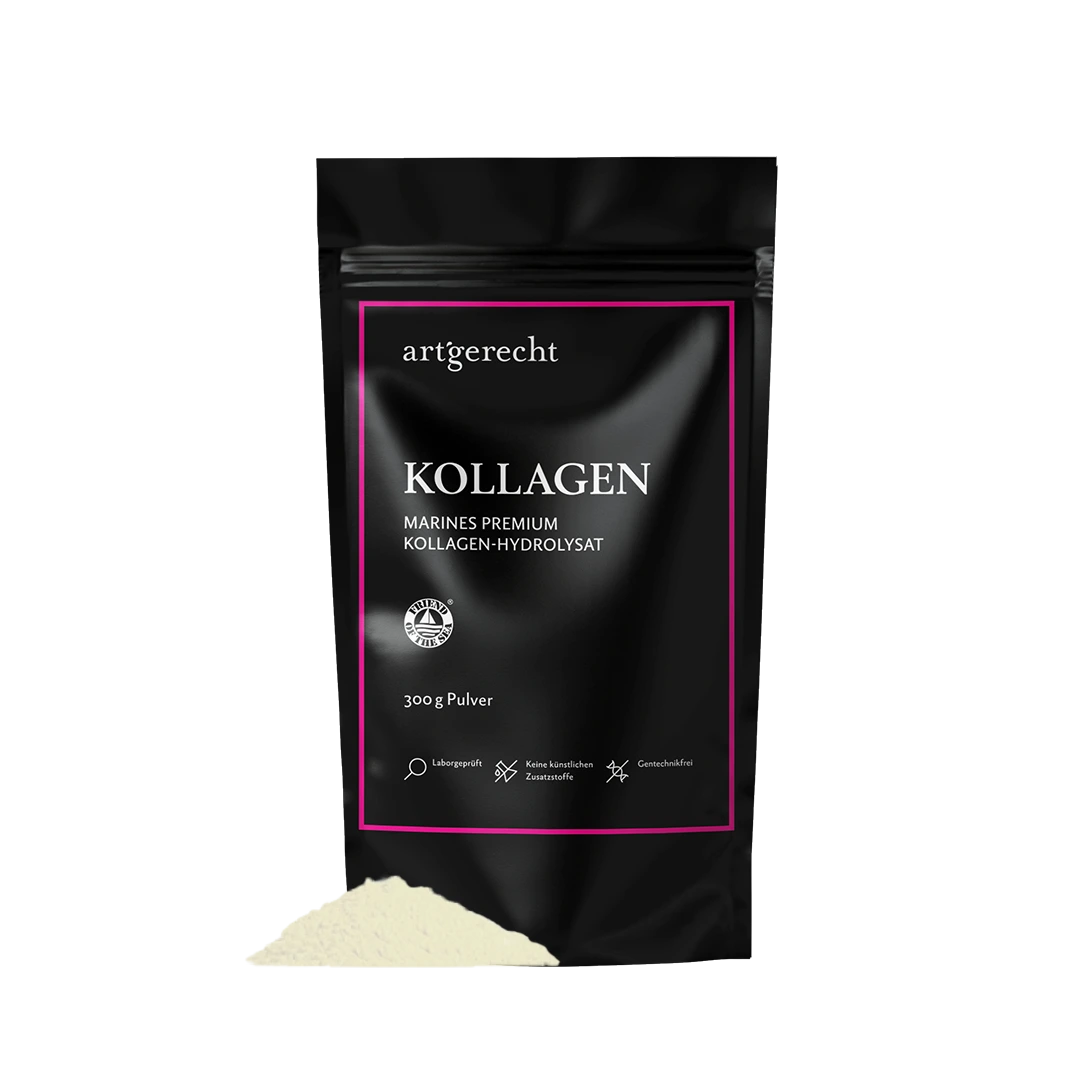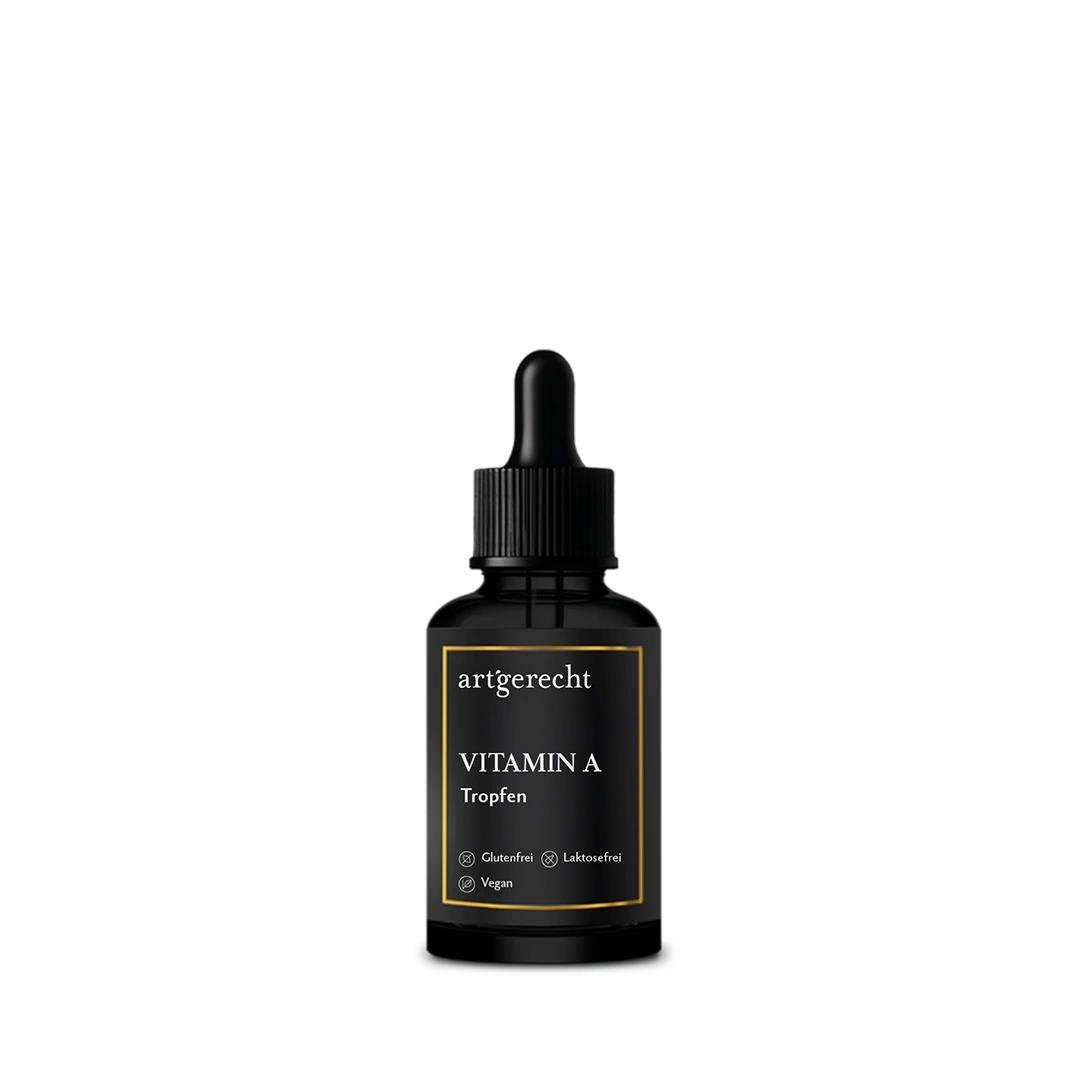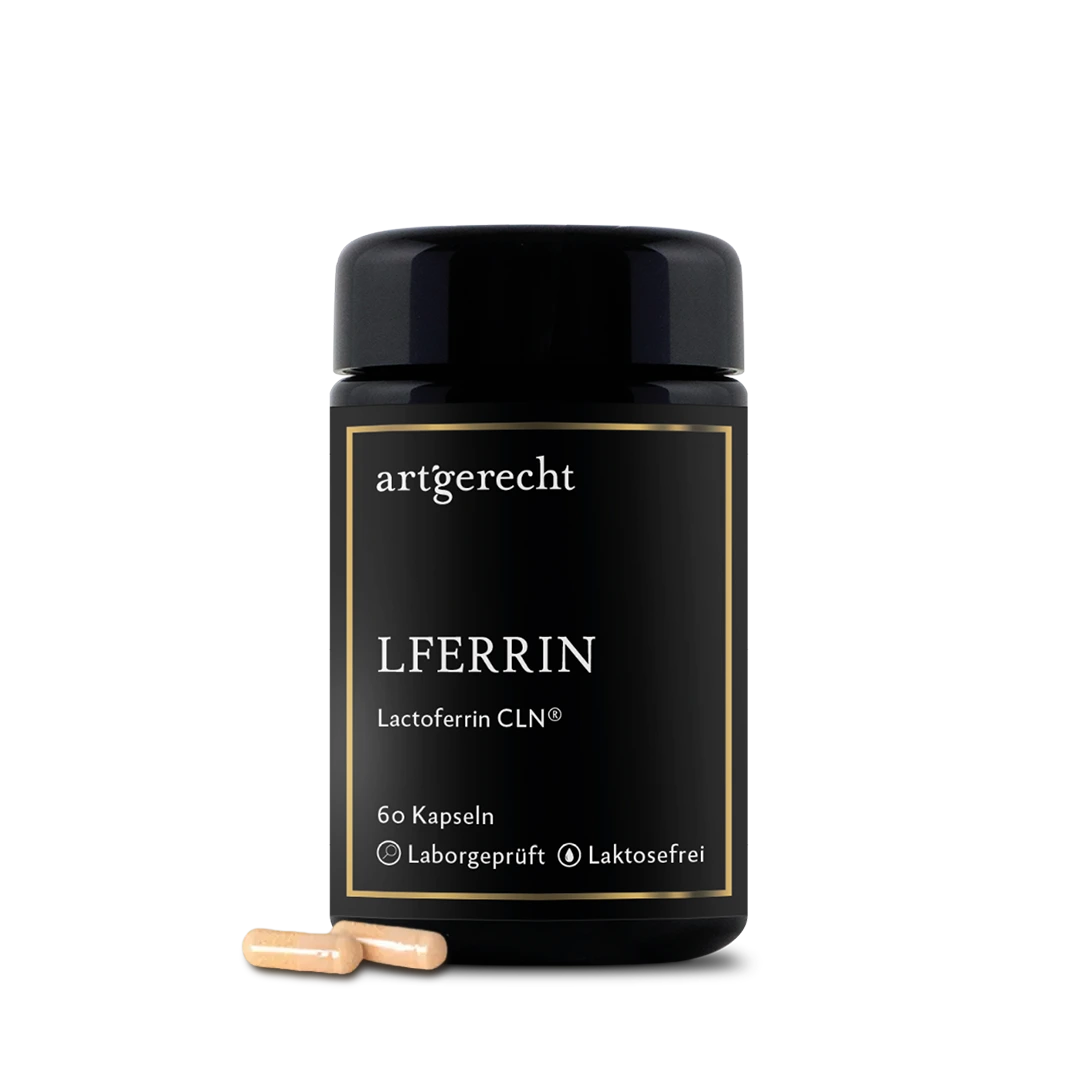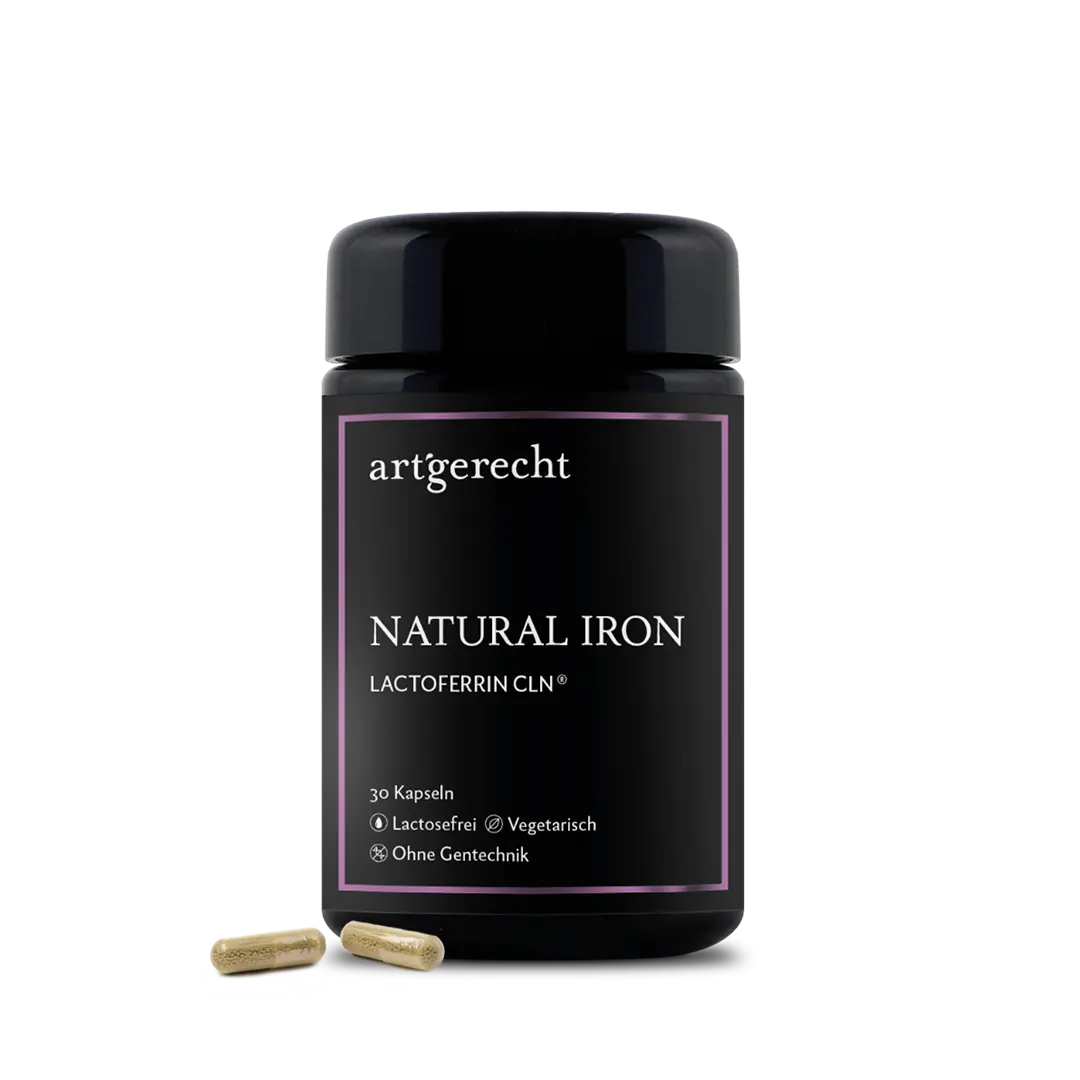- How do I recognize problems with fat digestion?
- What is the cause of too much fat in the stool?
- When should I go to the doctor?
- How does fat digestion work and which organs are involved?
- Fat digestion without gallbladder?
- What problems can arise from this in the long term?
- The best tips for good fat digestion:
- What to avoid?
- Nutrition for digestive disorders
- Conclusion:
- Literature:
Fat digestion, as the name suggests, is responsible for the processing of fats and fat-like substances in the digestive system. Fat is a flavor carrier, which is why fries, pizza and cream cakes usually taste better than vegetables. But it is also heavier on the stomach because unhealthy fats challenge the digestive system. We consume around two thirds of our daily fat intake via hidden fats in food. Around one in three Germans has to deal with impaired fat digestion.
How do I recognize problems with fat digestion?
When fat digestion causes discomfort, this topic is unfortunately reluctantly addressed. It is still not a socially acceptable topic, because fat streaks in your underpants and toilet are very shameful. However, this does not seem to be a rarity. The result of so-called fatty stools (technically known as steatorrhea) can often be seen on the toilet. This can be recognized by using more than three sheets of toilet paper. The more fat remains in the stool, the more greasy the stool and the more toilet paper is needed. In addition, there is no protective film of mucus on the, usually very unpleasant, stool, which is why it leaves the familiar streaks in the toilet. [1] Another sign is that the stool does not lie sunk in the water like a submarine, but floats on the water surface, which is also due to the high fat content in the stool.
What is the cause of too much fat in the stool?
As always, the causes of fatty stools can be various – however, quite simply too much fat consumption via food can be responsible. This is often noticed on closer observation of the meal from the previous day and the consistency of the stool. One reason for persistent fatty stools may be reduced enzyme or bile acid production. This can be caused by dysfunction of the pancreas or bile (including the liver, as bile is produced in the liver). But the intestinal flora also plays an important role. [1] Not to forget: Chronic stress can also have a negative influence on our digestive function.
When should I go to the doctor?
If fatty stools occur only occasionally and there is a direct link to a high-fat meal, there is no need to worry. However, if the symptoms persist for several weeks and are accompanied by unintentional weight loss or even abdominal cramps, there is no cause for concern;bouts, bleeding, nausea and even blood in the stool, you should not be afraid to go to the doctor. In the best case scenario, simple enzyme therapy can help. However, it should be clarified whether it is an irritable bowel syndrome, exocrine pancreatic insufficiency (EPI), gallstones or SIBO (Small Intestine Bacterial Overgrowth). [1]
How does fat digestion work and which organs are involved?
Fats are üover the food absorbed and emulsified in the stomach. Emulsification is the combining of liquid and fat. This process is continued in the duodenum by bile acids. The emulsification of fats is particularly important, because if they are not water-soluble, they cannot be subsequently absorbed in the small intestine and migrate undigested through the intestine. In the duodenum, bile acids from the gallbladder and pancreatic secretions from the stomach are then added to the acidic chyme. These both secretions are basic and neutralize the stomach acid. This serves to ensure that the enzymes can become active in order to break down the emulsified fats and food components to crush them so that they can be absorbed.
Fat digestion without gallbladder?
Since our gallbladder is very vulnerable to our modern lifestyle, a removed gallbladder after biliary colic is not uncommon. The gallbladder serves as a reservoir for bile and is emptied during the digestion process. The problem with a removed gallbladder: the liver cannot produce a larger amount of bile to make up for the missing reservoir. High-fat meals are problematic, as the food fats cannot be sufficiently emulsified, which is why they are excreted as fatty stools. For this reason, lifelong enzyme replacement is recommended for people with an empty gallbladder. [2][3]
What problems can arise from this in the long term?
A problem that is often not directly recognized is, in addition to digestive problems, an altered composition of the microbiome. Due to the increased, undigested fat content in the food pulp, the diversity of our intestinal flora suffers. [4] Over time, this leads to us becoming more susceptible to various symptoms and diseases. [5]
The best tips for good fat digestion:
In order for fat digestion to work well, there needs to be good interaction between the stomach, pancreas and gastrointestinal glands.pancreas, the liver-bile system and our vegetative nervous system as well as the hormonal system.
- Bitter substances (e.g. gentian, wormwood, ginger) help to stimulate digestive activity. This has been known in traditional medicine for a long time. It is recommended, for example, to drink bitter teas approx. 15 minutes before eating to stimulate the activity of the stomach, pancreas and liver-bile system. [6]
- Additional Digestive enzymes are a simple and quick solution to break down ingested food. The effect of the enzymes should be evident after about a week. [3][7]
- Eat stress-free. Stress means for our body that the digestive function is downregulated. [8] If we are under permanent stress, it is particularly important to at least tune it down as much as possible at mealtimes. It often helps to drink a tea before a meal and not to eat while standing or on the move. A traditional dinner prayer or a few deep breaths can also help to calm the stress system.
What to avoid?
Nutrition for digestive disorders
| MEDICINE | HELPFUL | TABU |
| Artichokes | Basil | Fructose |
| Avocado | Eggs | Cereals |
| Berries, especially strawberries, blueberries and cranberries | Green leafy vegetables | Household sugar |
| Bitter melon | Coconut | High-calorie food (225-275 kcal/100 g) |
| Fenugreek | Olivesöl | Industrially produced convenience foods |
| Broccoli | Mushrooms | Industrially produced fruit |
| Grapes | Blackcurrants | Potato |
| Curcuma | Fully ripe tomatoes | Corn |
| Fermented vegetables, especially sauerkraut | Sour fruits, especially papaya, mango, watermelon | Mast meat |
| Poultry liver | Wild meat | Rice |
| Ginger | Grapes | Süßgetränke |
| Garlic | Energy drinks | |
| Kürbis | ||
| Sea fish | ||
| Nuts, especially almonds | ||
| Spinach | ||
| Root vegetables | ||
| Cinnamon | ||
| Onion |
Conclusion:
With a proper diet and the right enzymes, problems with fat digestion can be easily remedied. Above all, you should take your time when eating and reduce stress as much as possible.
Literature:
- Azer, S. A., & Sankararaman, S. (2019). Steatorrhea. StatPearls Publishing, Treasure Island (FL). Retrieved from http://europepmc.org/books/NBK541055.
- Altomare, D. F., & Rotelli, M. T. (2019). Nutritional Support After Cholecystectomy. In D. F. Altomare & M. T. Rotelli (Eds.), Nutritional Support after Gastrointestinal Surgery (pp. 37–42). Cham: Springer International Publishing. https://doi.org/10.1007/978-3-030-16554-3_4.
- Nofal, Y. H., Abu Dail, Y., Assaf, Y., Abo Samra, H., Abbas, F., Hamzeh, A., & Alhaj Hasan, N. (2018). Pancreatic enzyme replacement therapy for steatorrhea in pancreatic cancer. Cochrane Database of Systematic Reviews, 2018(2). https://doi.org/10.1002/14651858.CD012952.
- Frost, F., Kacprowski, T., Rühlemann, M., Bülow, R., Kühn, J. P., Franke, A., … Lerch, M. M. (2019). Impaired Exocrine Pancreatic Function Associates With Changes in Intestinal Microbiota Composition and Diversity. Gastroenterology, 156(4), 1010–1015. https://doi.org/10.1053/j.gastro.2018.10.047.
- Costea, P. I., Hildebrand, F., Manimozhiyan, A., Bäckhed, F., Blaser, M. J., Bushman, F. D., … Bork, P. (2017). Enterotypes in the landscape of gut microbial community composition. Nature Microbiology, 3(1), 8–16. https://doi.org/10.1038/s41564-017-0072-8.
- Mirzaee, F., Hosseini, A., Jouybari, H. B., Davoodi, A., & Azadbakht, M. (2017, October 1). Medicinal, biological and phytochemical properties of Gentiana species. Journal of Traditional and Complementary Medicine. National Taiwan University. https://doi.org/10.1016/j.jtcme.2016.12.013.
- Safdi, M., Bekal, P. K., Martin, S., Saeed, Z. A., Burton, F., & Toskes, P. P. (2006). The effects of oral pancreatic enzymes (Creon 10 capsule) on steatorrhea: A multicenter, placebo-controlled, parallel group trial in subjects with chronic pancreatitis. Pancreas, 33(2), 156–162. https://doi.org/10.1097/01.mpa.0000226884.32957.5e.
- Bennett, E., Evans, P., Dowsett, J., & Kellow, J. (2009). Sphincter of Oddi dysfunction: Psychosocial distress correlates with manometric dyskinesia but not stenosis. World Journal of Gastroenterology, 15(48), 6080–6085. https://doi.org/10.3748/wjg.15.6080.
- Nakajima, K. (2016). Low serum amylase and obesity, diabetes and metabolic syndrome: A novel interpretation. World Journal of Diabetes, 7(6), 112. https://doi.org/10.4239/wjd.v7.i6.112.
- Callegari, C., & Lami, F. (1984). Cigarette smoking and salivary amylase activity. Good. BMJ Publishing Group. https://doi.org/10.1136/gut.25.8.909.
- Oshida, H., Kutsuma, A., & Nakajima, K. (2013, December 19). Associations of eating a late-evening meal before bedtime with low serum amylase and unhealthy conditions. Journal of Diabetes and Metabolic Disorders. BioMed Central Ltd. https://doi.org/10.1186/2251-6581-12-53.

